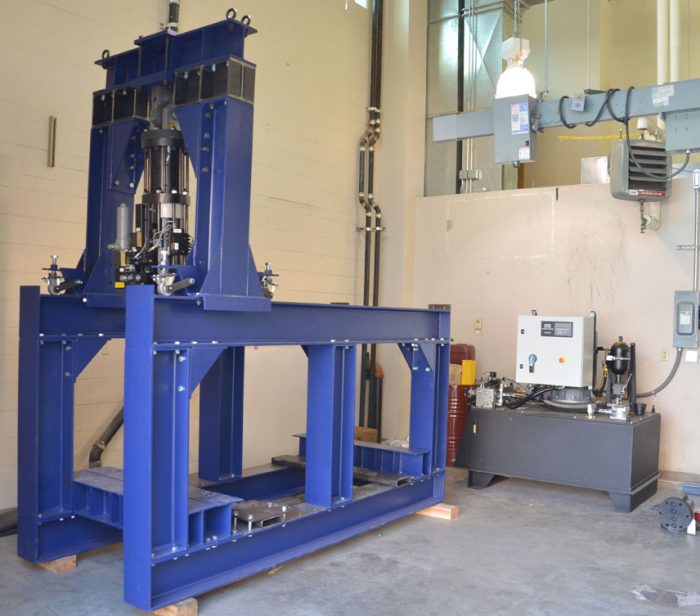Wind turbine blades are subjected to a higher number of complex loading cycles not experienced in other applications of composite structures. These loads can lead to structural failure through various mechanisms such as a crack initiated at a flaw or structural detail such as an adhesive joint. Predicting how blade materials will behave under realistic loading and environmental conditions and how damage initiates and progresses is critical information which enables designers, manufacturers and materials developers to improve blade manufacturing, performance and cost leading to a lower cost of energy.
Since 1989, Sandia has partnered with Montana State University to test and analyze mechanical properties and trends of fiber-reinforced polymers (composites) and other materials used to construct wind-turbine blades. These data, representing over 12,000 tests, are collected and published annually in a public database available here. Supporting publications can be found at the Montana State University Composite Technologies Research Group website.

Recent work has focused on a variety of industry-relevant areas including:
- Testing the effects of common flaws in composites on properties in fatigue loading
- Characterizing new materials such as urethane resins, aligned strand material forms, and carbon fiber composites
- Studying crack growth and delamination in adhesive and core materials
- Establishing full 3-D properties of thick laminates
- Developing substructure testing capabilities in order to capture the realistic and complex loading experienced by modern wind-turbine blades.
